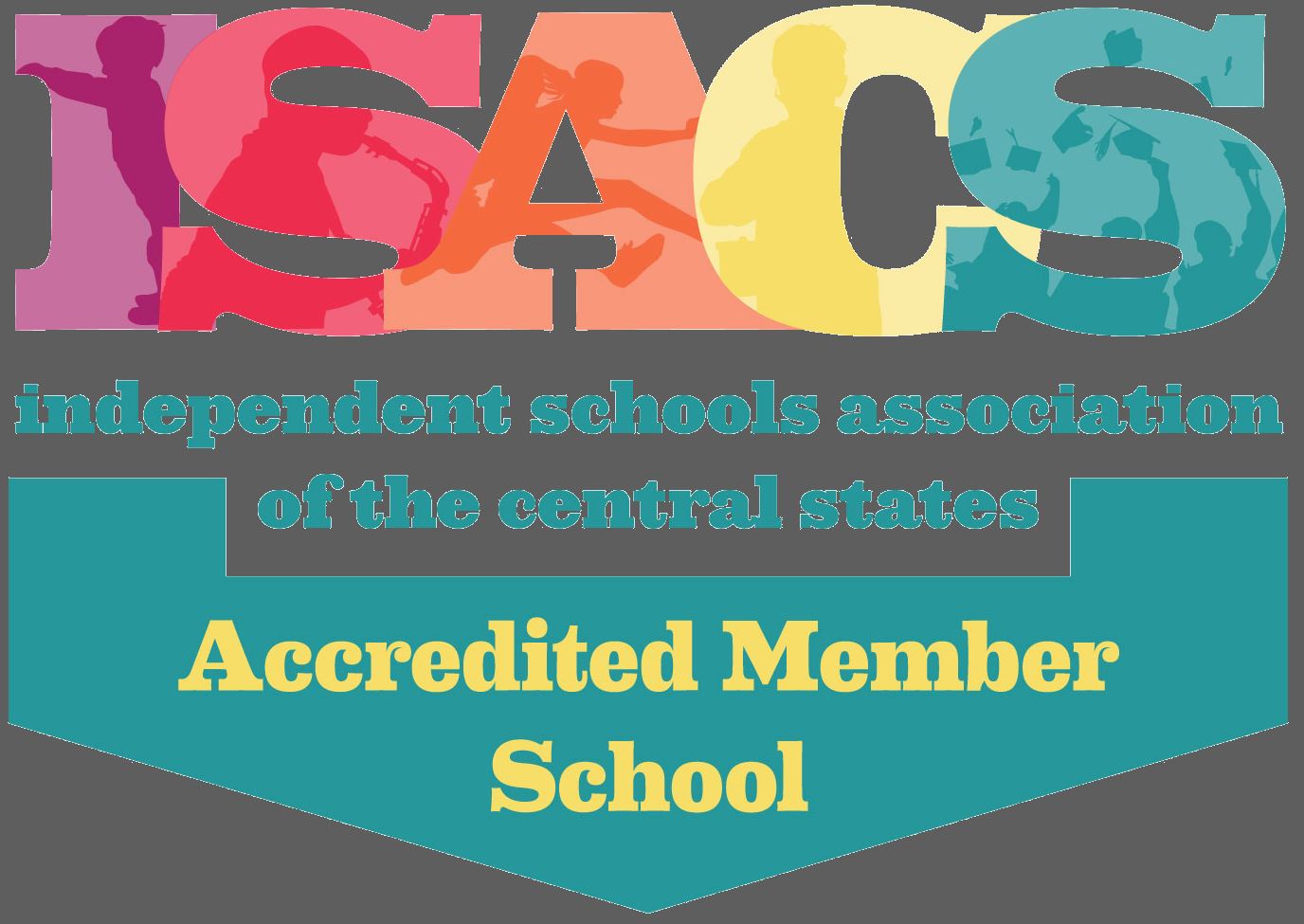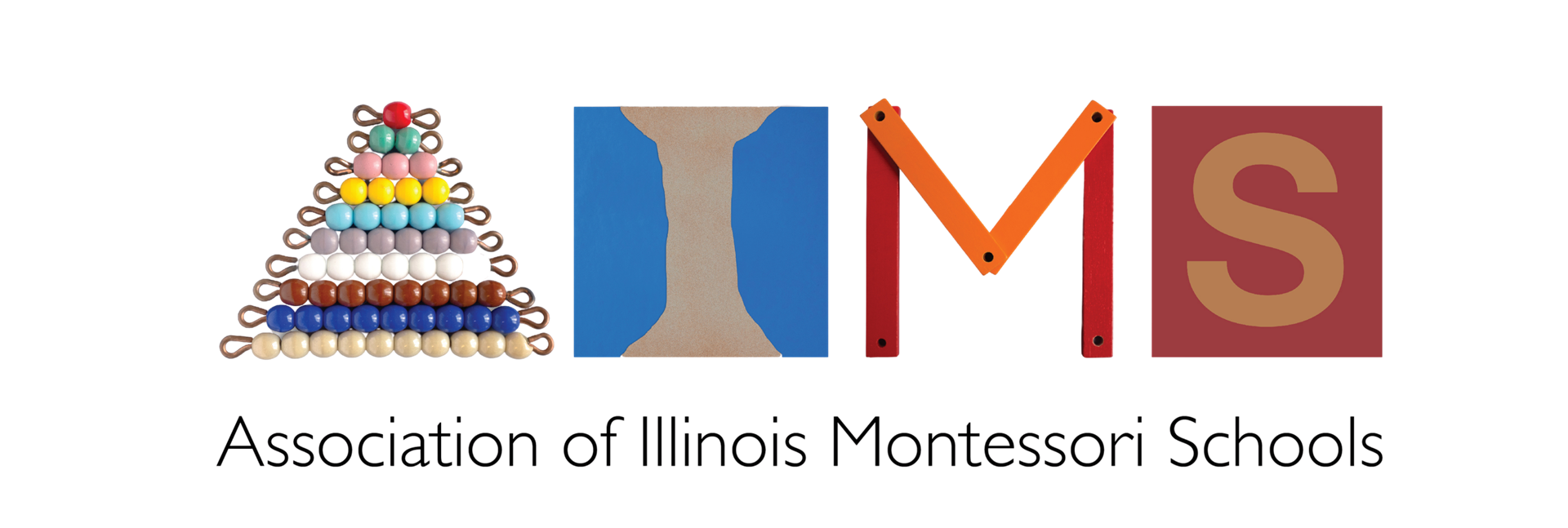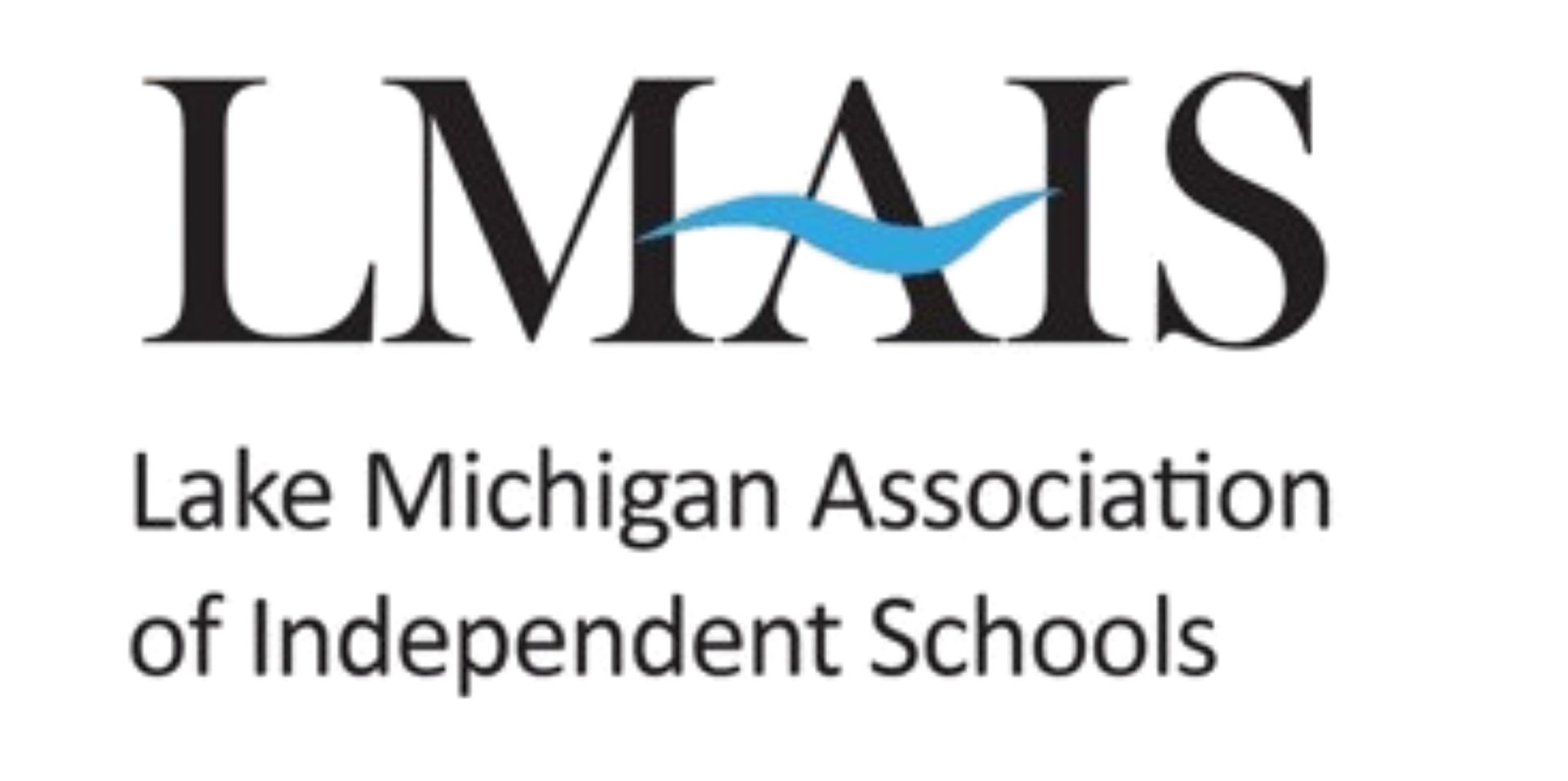Principal's POV: Materials
Montessori materials are a critical part of the student-centered learning environment at Rogers Park Montessori School, located on the North Side of Chicago in the Andersonville neighborhood. In the classrooms of this Accredited Montessori School, there is a carefully chosen place for each material, or “work”, as they are also called. Dr. Montessori, an Italian physician, educator, and author of scientific pedagogy, experimented by putting many different materials into her students’ environment but kept only those which engaged them. “The hands are the tools of the mind,” said Dr. Maria Montessori. Through her work, what became evident was that children had the power to learn independently in an environment where sensorial activities were designed to support their natural development.
These materials are process oriented. Each has a beginning, middle and end. They are child sized, purposeful, self-teaching and self-correcting. When one piece of the material does not fit, the child is able to easily see his error. The child then works to find the error, repeatedly learning to problem solve independently. The child may do a single work multiple times in a day. Works might be repeated day-after-day until a student experiences mastery. This repetition is encouraged as students learn the process for new materials. They use their body in a way that becomes familiar, and in so doing, build confidence.
Materials such as the Knobbed Cylinders, train the child’s hand for proper grasping, moving towards a correct grasp for a pencil in preparation for handwriting. You can often see the young child interested in this work sitting and focusing for extended periods of time in the self-paced classroom environment. Teachers do not interrupt this work, building stamina and focus in students. You might see students laying on the floor, moving to a table, and spreading a work out in the hall between two classrooms. This natural capability to work for long periods of time is crucial as students explore more complex academic concepts.
There are many common, easily identifiable characteristics of Montessori Materials. At Rogers Park Montessori school, the materials are often made of natural materials, such as wood, ceramic, metal, and glass. The materials are designed to be beautiful and appealing to young children. They are just the right weight, size, and shape to fit easily in a child’s hand. Though easily broken, a care of the materials and a respect for the shared resources of the classroom are natural by-products of the process.
This is not to say that works are easy, for learning and growth come through challenging effort. After an initial presentation, students can identify something is wrong, struggle with the material, and try to master it themselves. As they are successful through this process day-after-day and with new materials, they are continually challenged at an appropriate level. This process, repeating itself with each new material or lesson, helps them practice traits that will guide them towards success: patience and perseverance, a willingness to make mistakes and take risks, the ability to learn from mistakes without self-judgement, and when and how to ask for help. This process is a vital element in the Montessori Curriculum and one you will see over and over, in every classroom at Rogers Park Montessori School.
“Children find it very hard to concentrate on spoken words, but they have no difficulty concentrating on objects.”
Dr. Maria Montessori





